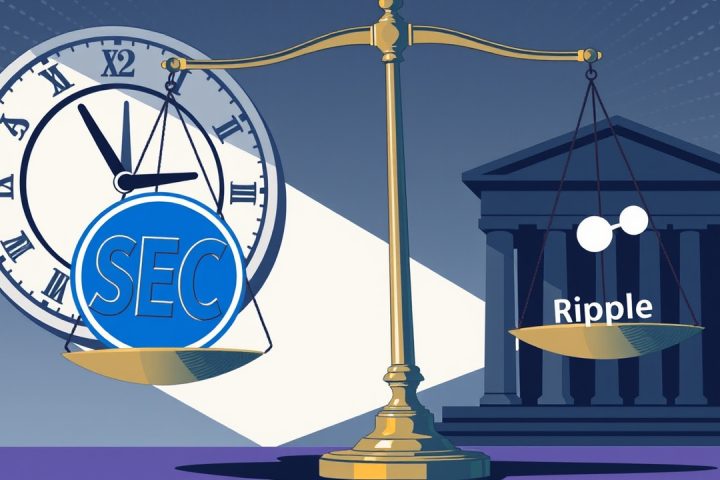Recent Developments in Cryptocurrency
Recent developments, particularly the endorsement of the GENIUS Act, signal a significant shift toward wider acceptance of cryptocurrency, with stablecoins at the forefront. These digital currencies are designed to be tied to traditional assets, providing reassurance to novices navigating the crypto landscape. Nevertheless, there remain critical aspects that demand more thorough examination.
Integration Challenges
For years, advocates of digital currencies have yearned for their seamless integration into everyday transactions. However, achieving this integration has faced several hurdles, including regulatory obstacles and a growing awareness among those not already engaged with web3 technology. Thankfully, legislative efforts are beginning to favor the expansion of crypto use, coinciding with a reported 33% surge in cryptocurrency ownership—a notable indicator that mainstream interest is on the rise.
Challenges Faced by Stablecoins
However, the journey to stablecoins’ success has not been without challenges. The downfall of TerraUSD (UST) in 2022 highlighted fundamental weaknesses within the stablecoin framework. It underscored significant concerns such as opaque reserves, heavy dependency on smart contracts without safety nets, and a lack of regulatory oversight, all of which threaten the foundational integrity of these assets.
Current responses to these risks have been modest at best. Many existing stablecoins operate on general blockchain networks lacking the infrastructure suitable for heavily regulated financial systems, which could hamper their mainstream aspirations. Not every stablecoin shares the same level of reliability, and as they move closer to mainstream financial infrastructures, ensuring compliance—particularly regarding user privacy—will be essential.
User Experience and Compliance
Importantly, while protocol-level compliance is crucial, it must not come at the expense of user experience. Although stablecoins are gaining traction, many are still unfamiliar concepts for a significant portion of the population, particularly skeptics of cryptocurrencies who require user-friendly systems alongside regulatory measures.
Stablecoins not only offer potential for daily transactions but also represent a flexible asset for the market when built on a solid, protocol-driven foundation. Traditionally, smart contracts have been seen as the cornerstone for providing automation and trust in stablecoins. However, their performance has raised concerns, as various security breaches—including high-profile hacks—illustrate that reliance on imperfections in smart contract design can lead to substantial financial losses.
Building Trust in Stablecoins
To develop stablecoins into a commonplace option, the industry must cultivate trust—something far beyond code. Trust is subjective and will differ between nations and businesses. To build that trust, stablecoins must evolve into adaptable tokens that respond to compliance mandates, thus surpassing the limitations of traditional smart contracts. This concept of ‘Smartcoins’ incorporates essential standards into the blockchain itself, promising enhanced adaptability to regulatory frameworks without increasing vulnerability to attack.
Enhancing Identity Verification
A pivotal advancement towards widespread adoption involves enhancing identity verification processes. There’s currently a disconnect between purchasing goods that require identification and the imperative to keep personal data confidential. Outdated methods like ID scans or facial recognition fall short of modern needs. Instead, stablecoin transactions demand a system capable of verifying user information without unnecessary exposure of sensitive details.
Incorporating zero-knowledge proofs (ZKP) could revolutionize this task by validating necessary information while protecting individual privacy. For instance, to purchase alcohol, ZKP can verify a buyer’s age without disclosing personal particulars, satisfying both consumer privacy and legal compliance for retailers.
Conclusion
Although the momentum for stablecoins is clear, their future efficacy hinges on how adaptable and secure these systems can be. To foster broader acceptance, the sector must innovate and create robust mechanisms, moving beyond past deficiencies. Only then will stablecoins achieve true mainstream relevance.




